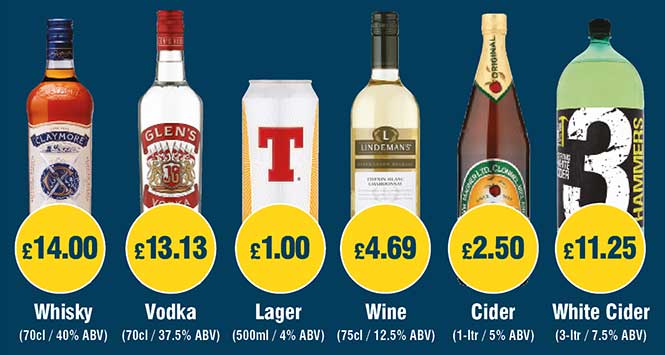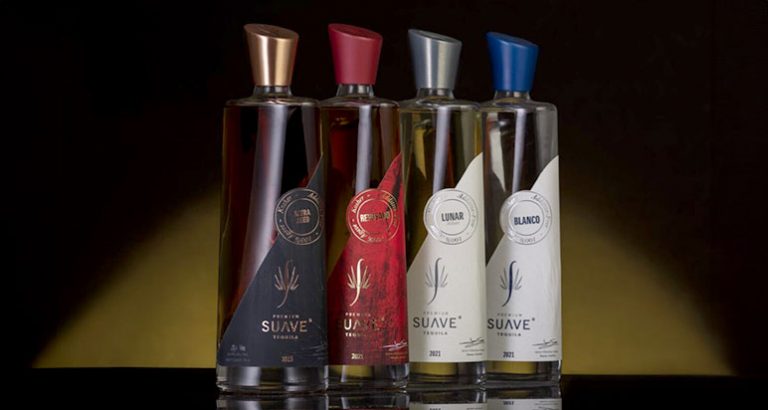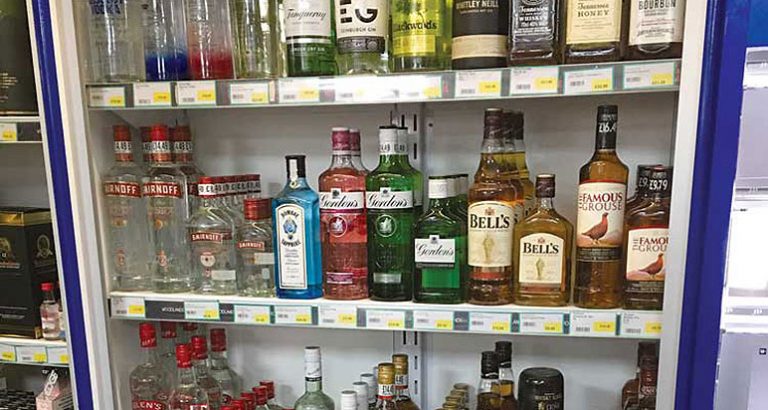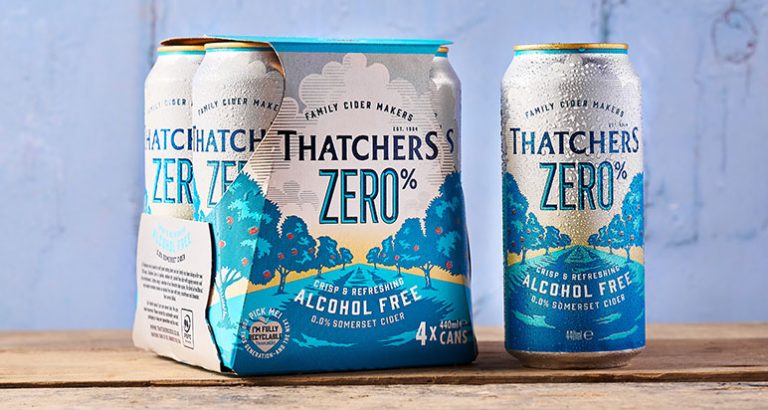The news that Scotland is to see Minimum Unit Pricing on alcohol introduced in May next year caused much uproar, but the reality is that the new rules are unlikely to have much effect in a typical convenience store.
by Antony Begley
The news that the Scottish Government has decided to proceed with its plans for Minimum Unit Pricing (MUP) for alcohol took no-one by surprise but the meltdown on social media that followed the announcement suggested that the plans were not well understood by retailers. A five-year delay caused by a legal challenge by the Scotch Whisky Association allowed plenty of time for scaremongering and misinformation to take hold and muddy the waters of what is at heart a relatively straightforward proposal – and, surprisingly for many, one that is set to have very little real impact in convenience stores in Scotland.
The new rules will see a set minimum price imposed per unit of alcohol and all retailers will be legally obliged to adhere to that minimum pricing. The plans will come into effect on May 1, 2018 and have been introduced by Health Secretary Shona Robison to tackle the “devastation” caused by cheap, high-strength alcohol.
Logic
The logic behind making strong alcohol expensive as a means of reducing harmful alcohol consumption is debatable at best. Surely it would make more sense to tackle the root causes of why so many Scots drink to excess? But that would be a daunting task that would take generations to achieve and would have to deal with deeply ingrained societal problems. The Scottish Government’s answer once more seems, instead, to be simply a clunky but quick mechanic of restricting access.
Somewhat bizarrely, Robison cited research which she said had shown that a minimum unit price of 50p would cut alcohol-related deaths by 392 and hospital admissions by 8,254 over the first five years of the policy.
Putting this wider debate to one side, however, the bones of the new legislation are pretty simple, as Stephen McGowan, Head of Licensing at TLT, tells SLR: “The consultation to consider setting the minimum price was launched on December 1 and runs to January 26 so there is still time for retailers to have their say, if they wish.
“All of the discussion to date has been about setting the minimum price at 50p per unit but there have been calls to set it higher, at say 60p. Whatever the price is, it will go live on May 1, 2018.”
Scottish Liberal Democrat leader Willie Rennie is among those to have called for a 60p minimum price, which he said would reflect the impact of inflation and other factors over the past five years.
On broad terms, at 50p-per-unit the minimum price of a bottle of wine (9.4 units) would need to be £4.69, a four-pack of 500ml cans of 4% lager (8 units) would need to cost at least £4 and a 70cl bottle of whisky (28 units of alcohol) could not be sold for less than £14. The effect in c-stores on these products would thus be minimal or non-existent.
Super-strength
But it’s in the super-strength beers and cider categories that differences will be felt. Normal strength cider (5% ABV) would cost at least £2.50 a litre but a super-strength version (7.5% ABV) would have to cost a minimum of £3.75 for a litre. That makes a 3l bottle of white cider an eye-watering £11.25. Any additional money raised by the increase in pricing will be kept by the retailer.
In terms of how the new rules will fit into the existing licensing framework, McGowan says this is another straightforward task for retailers: “Minimum pricing will become a condition of your licence so it will be a criminal offence to sell alcohol below the minimum price. Retailers will simply need to make sure every single one of their products is priced correctly before the go live date of May 1, 2018.”
Compliance
The new rules will be policed by Licensing Standards Officers (LSO) and McGowan expects LSOs to hit the road immediately after implementation to check compliance in convenience stores.
“I understand a number of LSOs in certain areas will be looking to conduct roadshows to provide licence holders with guidance, which is to be welcomed,” he adds.
It also shouldn’t be overlooked that MUP is not set in stone for all time, as McGowan explains: “Minimum pricing is effectively a six-year grand experiment. After five years the Scottish Ministers have to report back to the Parliament on what effect it has had and part of this is to specifically take the views of the licensed trade as to how it has affected their business. As a result of that report, on the sixth year they can bin it, or make it permanent.”
Further changes
There is also the strong likelihood that minimum pricing may just be the start of further health-related changes to licensing laws.
“In the last week we have had calls for bans on caffeinated alcohol products and bans on advertising alcohol such as in shop windows near schools,” says McGowan.
As McGowan highlighted, the consultation is now taking place and Robison is encouraging the industry to contribute its thoughts. She said: “I anticipate setting the minimum unit price at 50p per unit. We now want to hear from retailers, representative bodies and Licensing Standards Officers about the practicalities of implementation.”
Implementation
And it’s the practicalities of implementation that interest Ewan MacDona ld-Russell, Head of Policy and External Affairs at the Scottish Retail Consortium: “The debate over the legality of Minimum Unit Pricing of Alcohol is now over. The priority now is for the Scottish Government to provide clarity on how the scheme will work in Scotland, and to allow a fair timeframe to give businesses the opportunity to prepare. The SRC wants to work with the Scottish Government to ensure the best system possible is put into place for retailers and consumers. We believe that will require both a reasonable implementation period, of at least six months, and clear guidance so retailers understand exactly how they can effectively implement the policy.”







